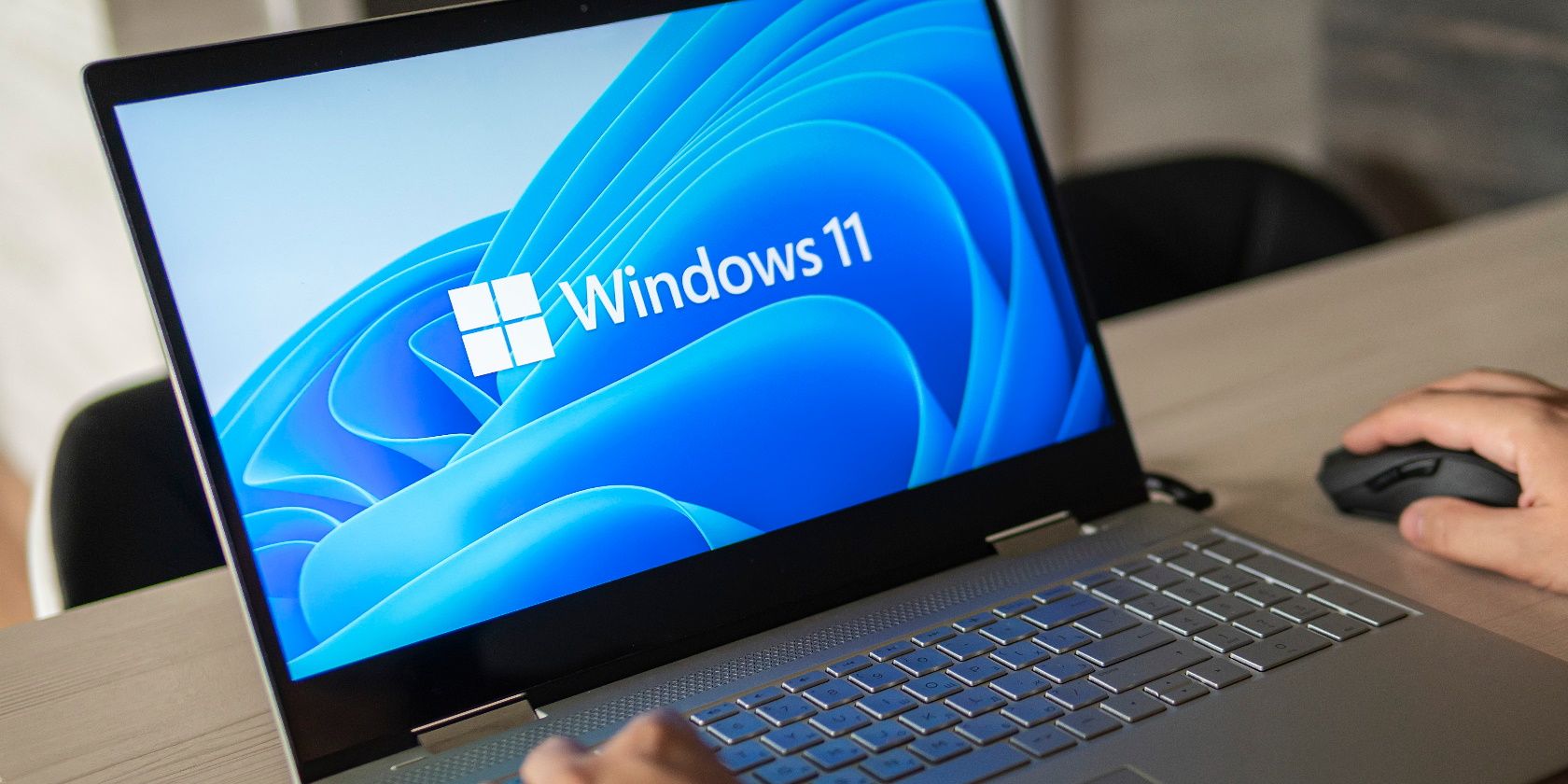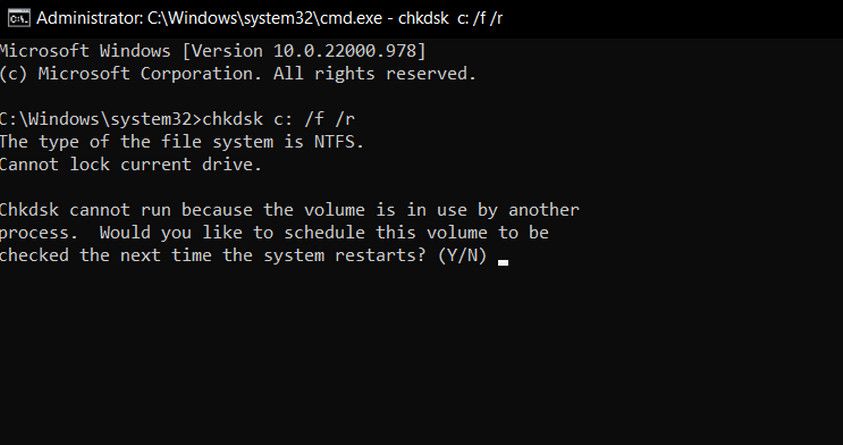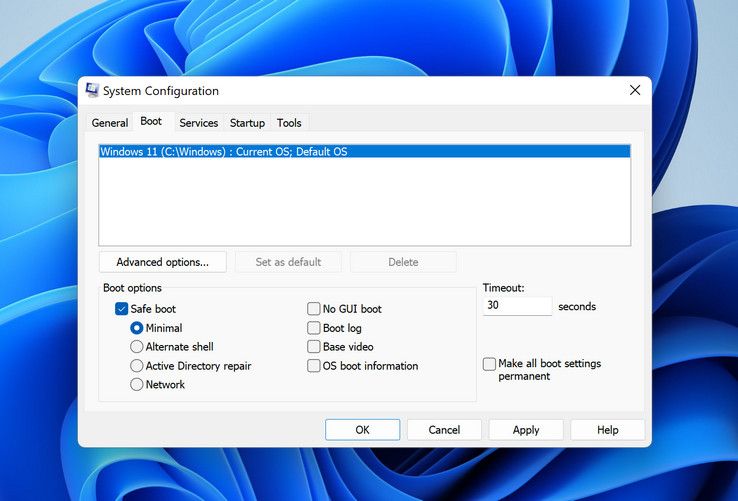The fItmgr.sys file, also known as the Microsoft File system Filter Manager file responsible for making sure that the data on the hard drives is readable and accurate. If your operating system fails to read the data on your hard drive because of an issue with the fItmr.sys file, you may encounter a Bluescreen of Death (BSOD) that lists fItmr.sys as the culprit.
These issues are typically caused due to corrupt/outdated relevant drivers or hardware problems. Below, we have listed several troubleshooting methods that you can try to fix the blue screen under discussion.
1. Check for Hardware Problems
Before we proceed with this method, we recommend that you restart your PC. There have been instances where the error occurred because the fItmr.sys file was not launched correctly. If the issue occurs after booting as well, proceed with the steps below.
The first thing that you should do is check your computer for any faulty hardware that might be causing the issue. If the error started occurring after you switched the old hardware components with the new ones, then that might be causing the problem.
You can try switching back to the older hardware or test the new one on a different device.
Another thing that you can do in this regard is run the CHKDSK scan, which can analyze your hard drive for errors and fix the ones identified. Follow these steps below to do that:
- Press Win + R to open Run.
- Type cmd in the text field of Run and press Ctrl + Shift + Enter to launch Command Prompt as an administrator.
-
In the Command Prompt window, type the command mentioned below and hit Enter to execute it.
chkdsk c: /f /r
Once the command is executed, close Command Prompt and check if the issue is resolved.
2. Fix the Device Drivers
If the issue is not with the hardware, then the next thing you should check is the device drivers. Unfortunately, this error code does not specify which driver could be problematic, so we will be attempting to update all the critical drivers.
You can either do this manually using the Device Manager, or you can get your hands on a third-party utility that can scan your system for outdated or corrupt drivers and then update/reinstall them.
For the former, you can head over to our dedicated guide on updating drivers in Windows. If the problem started after you updated/installed a driver, you can downgrade or uninstall the problematic driver and see if that helps.
However, if you want to leave this job to a third-party tool, here are a few options to consider:
- DriverFix - This tool will scan the system for outdated/broken drivers and recommend updates that are officially released by the manufacturer. All you need to do is give the tool access to the necessary files, and it will automatically install the drivers for you.
- Driver Easy - It is another simple tool that will identify the drivers that need to be updated or reinstalled. It comes in two versions; free and paid.
- Ashampoo Driver Updater - This program scans your hardware and drivers, and then installs the latest updates of any outdated drivers that might be hidden in the system.
For a more extensive list, you can head over to our guide on the best driver updaters for Windows.
3. Undo the Recent Changes
If the error started appearing after you made certain changes to the system, then you can try undoing those and check if that fixes the problem.
If this scenario is applicable, then the first thing we recommend doing is uninstalling the recent Windows updates. Microsoft's updates can be buggy at times and can cause new issues within the system rather than addressing existing ones.
If uninstalling the recent updates does not do the trick, then the next thing we will do is check if any new or old third-party apps are causing the problem. For this purpose, we will first launch Windows into Safe Mode.
This mode launches Windows with a basic set of drivers and programs only, making it easier to identify if a background app is a culprit.
Here is how you can launch Windows into Safe Mode:
- Press Win + R to open Run.
- Type msconfig in Run and click Enter.
-
In the System Configuration window, navigate to the Boot tab and checkmark the box associated with Safe Boot.
- Next, choose Minimal in the Safe Boot option.
- Click Apply > OK to save the changes and then restart your computer.
Upon reboot, Windows will automatically launch in Safe mode. Once you are in Safe Mode, check if the issue appears again. If not, then you can try uninstalling any recently installed apps since there is a good chance of them being the culprit.
If you aren't sure about the apps, navigate to the Services tab in the System Configuration dialog.
Now divide the services into two parts and enable all services in the first part. Wait to see if the error pops up again. As such, keep narrowing down the culprit until you find it.
4. Contact Microsoft Support
If the methods listed above have not fixed the issue for you, then you can report the problem to the official Microsoft support team. Hopefully, they will assist you in determining the exact cause of the issue and suggest you a relevant fix accordingly. Alternatively, you can also use the Event Viewer utility on Windows to check the BSOD log file to identify the culprit yourself.
The fltmgr.sys Stop Code, Now Fixed
Hopefully, one of the methods listed above resolved your issue. We highly recommend keeping your device drivers updated at all times to avoid such problems in the future. Regularly installing available system updates is also important, since they contain bug fixes and protect your system.



